 Raise a Glass to Freedom
Raise a Glass to Freedom
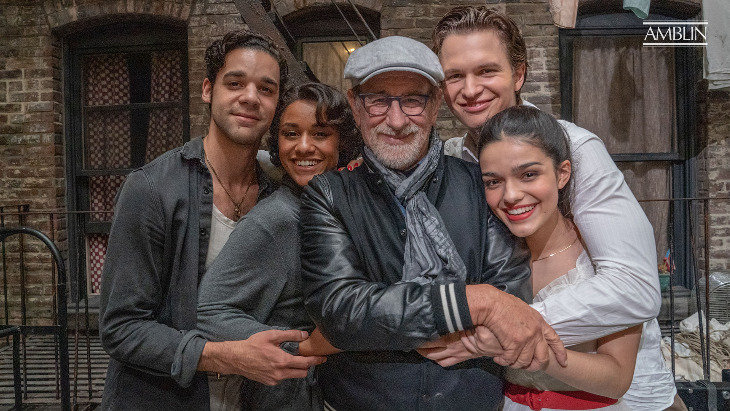

7 min read
The beloved musical has a rich Jewish history.
West Side Story, Steven Spielberg’s remake of the 1961 movie classic, is focusing attention on this iconic American musical. Here are five little known Jewish facts about West Side Story.
Choreographer Jerome Robbins was the first person to propose making a Broadway musical based on the classic Romeo and Juliet theme of star-crossed lovers who fall in love despite the hatred their families and communities feel for each other. The original title was East Side Story.
In 1949, Robbins approached composer Leonard Bernstein and playwright Arthur Laurents with his idea: a musical about a Jewish girl and an Italian Catholic boy living in the Lower East Side of Manhattan who fall in love. The story was to take place against the backdrop of Easter and highlight anti-Jewish feelings in the Catholic community. An Italian gang in this version was to be named the Jets and a Jewish gang was to be called the Emeralds. (In the final form of West Side Story, the Emeralds are mentioned once in the context of a previous fight with the Jets.)
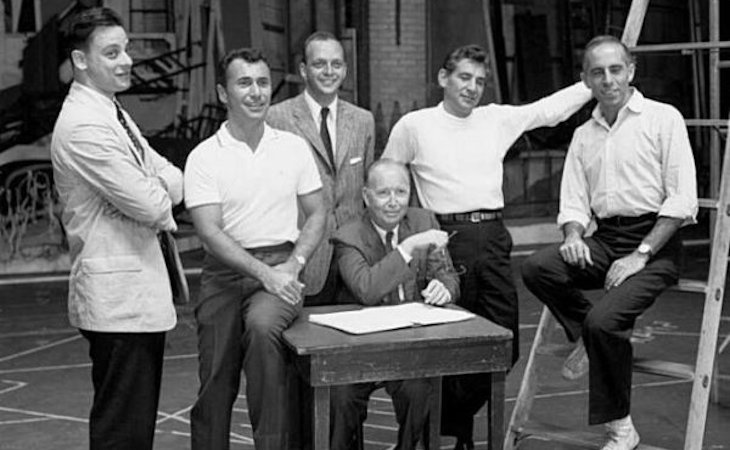 The creative team for West Side Story
The creative team for West Side Story
The project went nowhere for years, until Bernstein and Laurents found themselves staying at the same hotel in Los Angeles. While sitting by the pool, they perused a newspaper which described a Puerto Rican youth gang. They decided to pursue their Romeo and Juliet-like project, but this time with Puerto Ricans squaring off against Italians in New York. The musical debuted on Broadway in 1957. Four years later it was adapted for the silver screen and won Oscars for best picture and best director.
Playwright Arthur Laurents wrote the book for West Side Story. Laurents was born into a Jewish family in Brooklyn in 1917. His original name was Arthur Levine; he later explained that he changed it to the less Jewish sounding Laurents because having a Jewish surname made it all but impossible to find work.
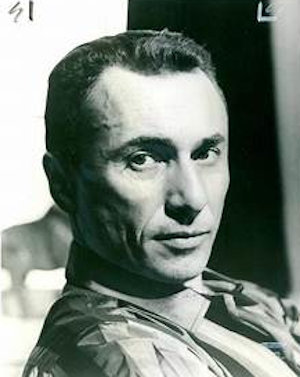 Arthur Laurents
Arthur Laurents
During World War II, Laurents joined the army and was assigned to write training films for the army and plays for army radio. Inspired by his time in uniform, in 1945 he wrote the play Home of the Brave about a Jewish soldier who experiences antisemitism and betrayal at the hands of antisemitic soldiers in the American army.
Home of the Brave ran for over a year on Broadway, reminding audiences of the antisemitism present in the US. (In a 1949 movie based on the play, the protagonist was changed to an African American soldier who faces racism in the forces.) When he started working on West Side Story in its original form, describing prejudice against Jews, he wrote about experiences that he himself had lived.
Laurents remained active in Broadway and addressed antisemitism in later plays too. In 2010, at the age of 90, he directed a revival of West Side Story on Broadway. For that production, he hired a Puerto Rican artist to translate the songs “A Boy Like That” and “I Feel Pretty” into Spanish. (The artist was none other than a young Lin-Manuel Miranda.)
The inspired music that makes West Side Story so compelling was written by Leonard Bernstein, a son of Jewish immigrants from Ukraine who moved to Massachusetts. Bernstein was born in 1918 and his parents hoped he’d become a rabbi. Instead, Bernstein was drawn to music. He showed musical brilliance at a young age. By 25 he’d already been appointed conductor of the New York Philharmonic, an unheard of opportunity for such a young man; he was the very first American-born conductor to lead a major orchestra.
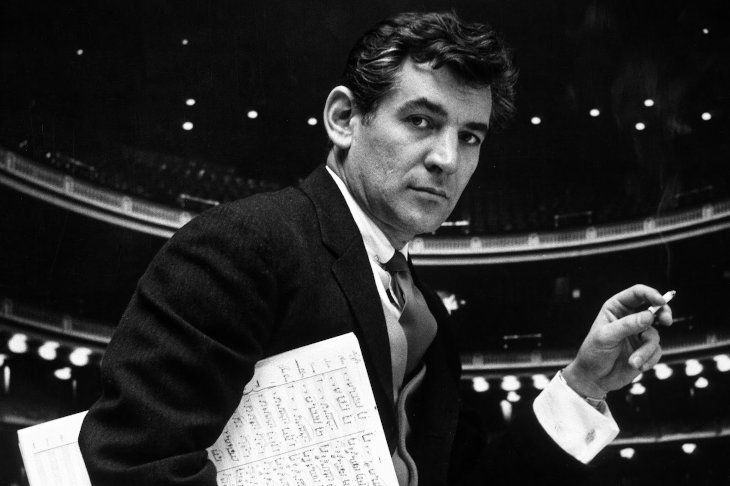 Leonard Bernstein
Leonard Bernstein
Bernstein was always proud of his Jewish identity. During World War II, the Jewish composer Serge Koussevitzky, his friend and teacher, tried to persuade Bernstein to change his last name to Burns in order to hide his Jewishness and have more professional opportunities. Bernstein “lost a night’s sleep over it” he later recalled, then went back to Koussevitzky and said, “I had decided to make it as Leonard Bernstein or not at all.”
Bernstein first travelled to Israel in 1947, before the establishment of the state, and conducted the Palestine Philharmonic (later called the Israel Philharmonic). He returned to conduct in Israel many more times. One of his most memorable concerts took place in the Israeli city of Beersheba in 1948. Weeks after Israeli soldiers had captured the town in the Negev Desert, the United Nations ordered them to withdraw. The Israeli troops refused and stayed in the town, now a major cultural center in Israel. Bernstein performed for a packed crowd of soldiers, playing a program of Mozart, Beethoven and (Jewish composer) George Gershwin’s Rhapsody in Blue.
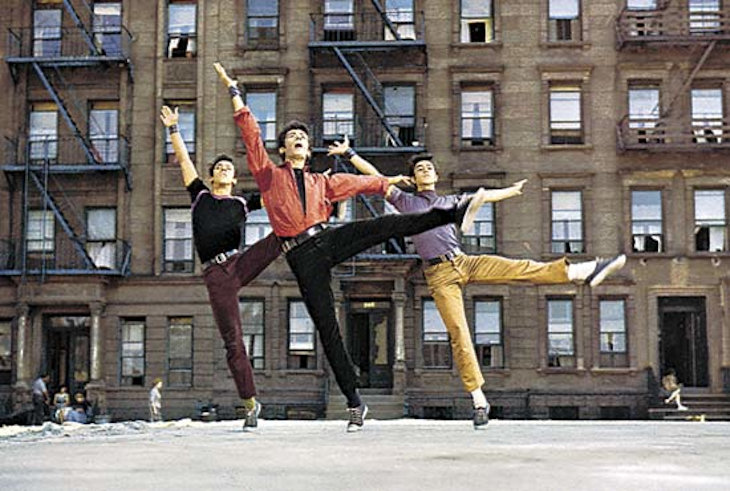
The US Library of Congress owns Bernstein’s copy of Romeo and Juliet, the Shakespearean play on which West Side Story is based. Bernstein’s book is heavily annotated, sketching out a Jewish version of the famous love story on the inside cover. “An out and out plea for racial tolerance,” Bernstein wrote in his copy of Romeo and Juliet. West Side Story seems to be a version of that plea, calling on American audiences to eschew prejudice and hate.
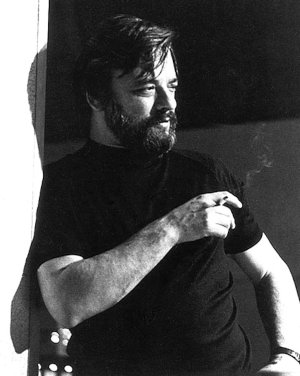 4. Jewish composer Stephen Sondheim wrote the lyrics.
4. Jewish composer Stephen Sondheim wrote the lyrics.Bernstein brought the Jewish composer and lyricist Stephen Sondheim on board to write the lyrics. It was the first major show that Sondheim (who recently died at the age of 91) ever worked on. Sondheim never had much Jewish education - he later said that Leonard Bernstein had to teach him to pronounce “Yom Kippur”.
Born in 1918 as Jerome Rabinowitz, Jerome Robbins grew up in a warm Jewish home and became a dancer. One of his first performances was in the Jewish-themed piece The Brothers Ashkenazi, at the Yiddish Art Theatre in 1937. Robbins became deeply conflicted about his Jewish identity, hiding it for years and changing his name to the non-Jewish sounding Robbins.
 Jerome Robbins
Jerome Robbins
When he was choreographing West Side Story, he went undercover to a high school dance in a Puerto Rican neighborhood in Harlem to gain inspiration. On the set of West Side Story, he enforced a strict method acting protocol: dancers were to remain in character even when they weren’t rehearsing; dancers playing Sharks and Jets were never to mix. This led to some real-world resentment, with dancers who were playing Sharks playing practical jokes on those who were playing Jets. (At least two actors broke this rule: Chita Rivera - the star who played a Shark - fell in love with Tony Mordente, who played a Jet, and they married each other.)
The West Side of Manhattan today has a sizeable Jewish population. One 2013 study found that 43,900 Jewish families lived in the Upper West Side, the area between about 59th Street and 110th Street on the west side of Central Park. (That’s larger than the number of Jewish households in all of Cleveland.)
The 2021 version of West Side Story has some serious Jewish talent behind it. It’s directed by Steven Spielberg, who also made Schindler’s List in 1993. The story has been updated by Jewish playwright Tony Kushner (who previously worked with Spielberg on the 2005 movie Munich about the massacre of Israeli athletes at the Munich Olympics in 1972).

Spielberg has noted that “As a Jew I am aware of how important the existence of Israel is for the survival of us all. And because I am proud of being Jewish, I am worried by the growing antisemitism and anti-Zionism in the world.” Like Leonard Bernstein before him, hopefully Spielberg will bring a measure of tolerance and beauty into the world with his own acclaimed version of West Side Story.
